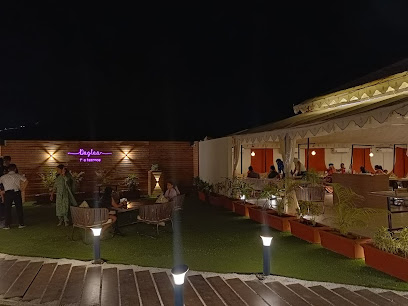
Jantar Mantar: A Celestial Observatory in Jaipur
Explore the wonders of ancient astronomy at Jantar Mantar, Jaipur's celestial observatory, a UNESCO World Heritage site showcasing incredible astronomical instruments.
Jantar Mantar in Jaipur is a remarkable observatory that showcases the brilliance of ancient Indian astronomy. Built in the 18th century, it's a UNESCO World Heritage site that invites tourists to explore its stunning astronomical instruments and rich history.
A brief summary to Jantar Mantar - Jaipur
- Jaipur, Gangori Bazaar, J.D.A. Market, Pink City, Rajasthan, 302002, IN
- Visit website
Local tips
- Visit early in the morning or late in the afternoon to avoid the heat and enjoy a quieter experience.
- Consider hiring a local guide to gain deeper insights into the historical significance and functionality of the instruments.
- Wear comfortable shoes as you will be walking around the large grounds exploring various structures.
- Check for any special events or exhibitions that may be taking place during your visit for an enhanced experience.
Getting There
-
Walking
From Hawa Mahal, head south on J.D.A. Market Road. Continue walking straight for about 600 meters. You will pass by several local shops and eateries. Keep an eye out for the vibrant market atmosphere. After about 8-10 minutes of walking, you will reach Gangori Bazaar. Jantar Mantar is located on the left side of the road, just before you reach the intersection with the main street. The entrance is clearly marked, and you will see the large astronomical structures as you approach.
-
Tuk-Tuk (Auto Rickshaw)
If you prefer a quicker option, you can take a tuk-tuk from Hawa Mahal to Jantar Mantar. Head to the main road and find a tuk-tuk stand. The fare should be around ₹30 to ₹50, depending on your negotiation skills. It is a short ride of about 5 minutes. Tell the driver 'Jantar Mantar' and they will take you directly to the entrance. Be sure to confirm the fare before getting in.
-
Bicycle
For a more active approach, you can rent a bicycle from one of the nearby rental shops around Hawa Mahal. Once you have your bike, ride south on J.D.A. Market Road. It's a straight route of about 600 meters. Biking will take you approximately 5-7 minutes. As you reach Gangori Bazaar, you will spot Jantar Mantar on your left. Ensure you wear a helmet and follow the traffic rules for safety.
Discover more about Jantar Mantar - Jaipur
Iconic landmarks you can’t miss
Yantra Raj
0.0 km
Discover the celestial beauty at Yantra Raj, Jaipur's enchanting observatory, where the cosmos unfolds before your eyes.
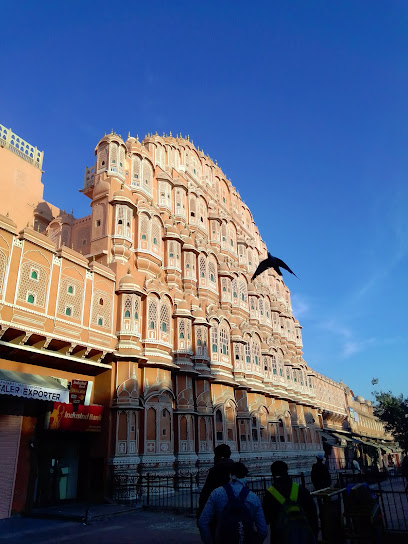
Laghu Samrat Yantra
0.0 km
Discover the celestial marvels of Laghu Samrat Yantra, an ancient observatory in Jaipur that blends historical significance with stunning architecture.
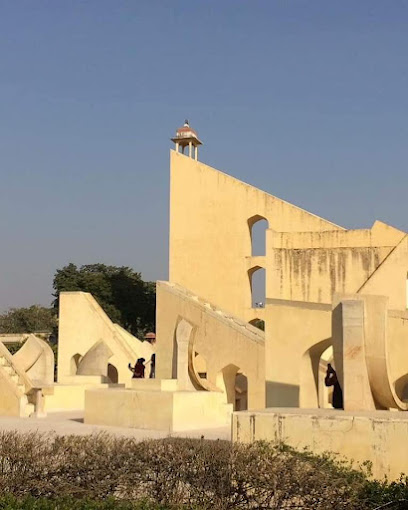
Vrihat Samrat Yantra
0.0 km
Discover the wonders of astronomy at Vrihat Samrat Yantra, a historic observatory in Jaipur, showcasing India's scientific heritage.
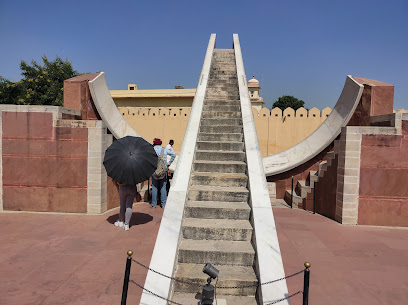
Unnatamsa Yantra
0.1 km
Discover the wonders of ancient astronomy at Unnatamsa Yantra, a UNESCO World Heritage observatory in Jaipur, Rajasthan, blending science, history, and architecture.
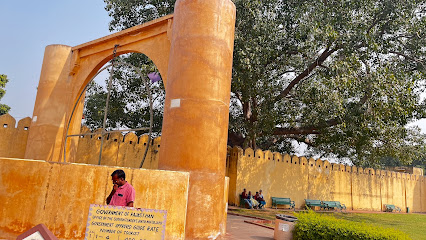
Ram Yantra
0.1 km
Explore the celestial wonders at Ram Yantra Observatory, a historical gem in Jaipur showcasing India's astronomical brilliance and architectural beauty.
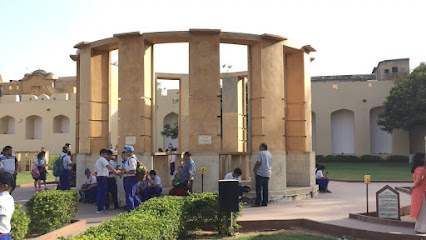
Diwan-e-Khas
0.2 km
Explore the royal splendor of Diwan-e-Khas in Jaipur, where history and stunning architecture come together to tell the tale of Rajasthan's majestic past.
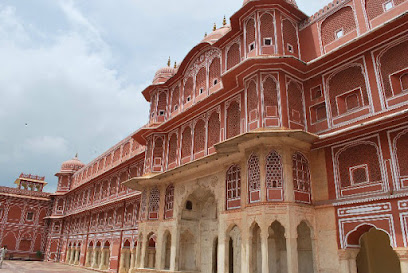
Peacock gate
0.2 km
Experience the grandeur of Peacock Gate, a historical landmark in Jaipur that opens the door to vibrant culture and rich heritage.
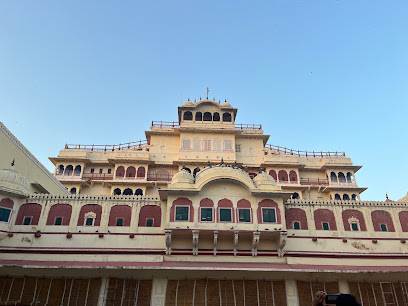
Garden Of City Palace
0.4 km
Discover the serene beauty of the Garden of City Palace, a tranquil haven in Jaipur that combines royal history with lush landscapes.
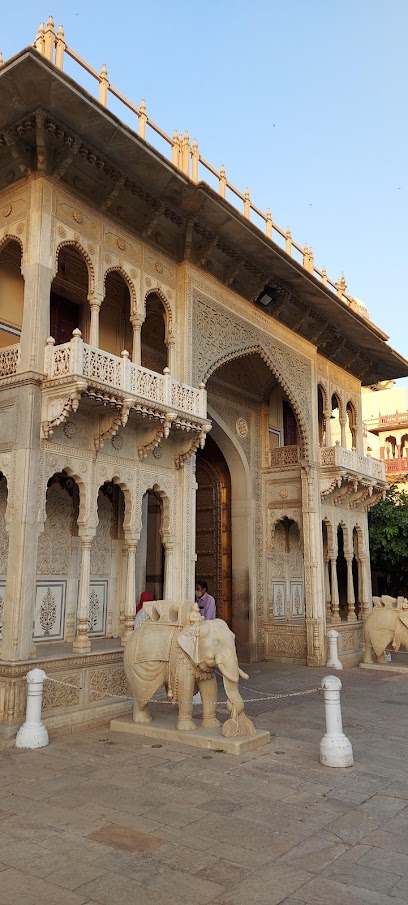
See Jaipur
0.6 km
Experience the enchanting allure of Jaipur, the Pink City, with its majestic forts, vibrant bazaars, and rich cultural heritage.
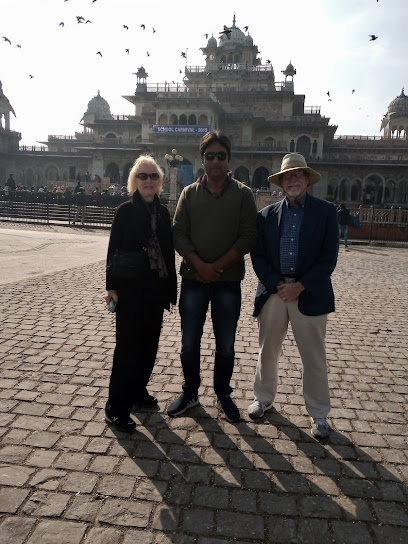
Jaipur India
0.6 km
Experience the vibrant culture and royal heritage of Jaipur, India, the stunning Pink City filled with majestic forts, palaces, and colorful bazaars.
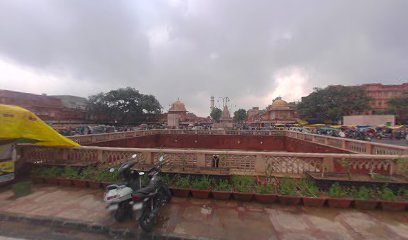
Pink city Jaipur
0.9 km
Explore the enchanting Pink City Jaipur, a vibrant blend of history, culture, and architectural marvels in the heart of Rajasthan, India.

Places to visit in India
0.9 km
Explore Jaipur, the Pink City, where royal history meets vibrant culture in Rajasthan's architectural marvels and bustling bazaars.
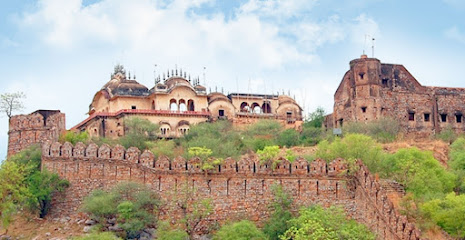
Nahargarh Fort
1.9 km
Experience the royal heritage and stunning vistas at Nahargarh Fort, a historical jewel overlooking Jaipur's vibrant landscape.
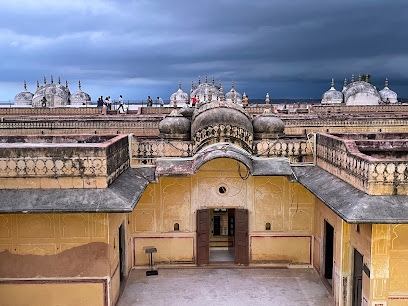
Gaitore Ki Chhatriyan
2.0 km
Explore Gaitore Ki Chhatriyan, Jaipur's stunning royal cenotaphs, showcasing exquisite Rajasthani architecture and rich royal history.
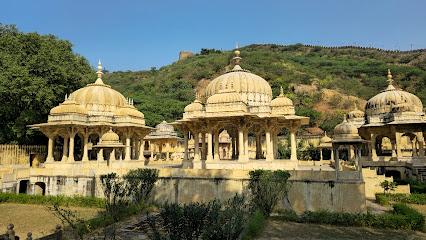
Sawai Jai Singh Ji Statue
2.7 km
Discover the grandeur of Sawai Jai Singh Ji Statue, a monumental tribute to Jaipur's founder in the vibrant Pink City, Rajasthan.
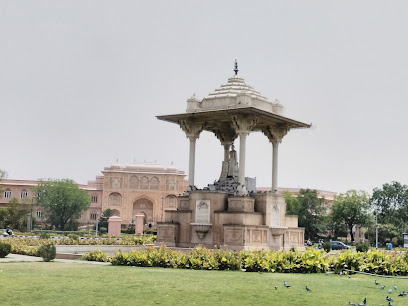
Unmissable attractions to see
Jai Prakash Yantra Jantarmantar observatory
0.0 km
Discover the celestial engineering marvel of Jai Prakash Yantra at Jantar Mantar in Jaipur, where ancient astronomy meets architectural brilliance.
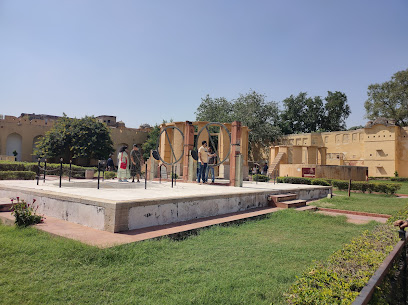
Chakra Yantra Jantarmantar
0.1 km
Explore the Chakra Yantra at Jantar Mantar, a historical landmark in Jaipur showcasing India's astronomical heritage and architectural brilliance.
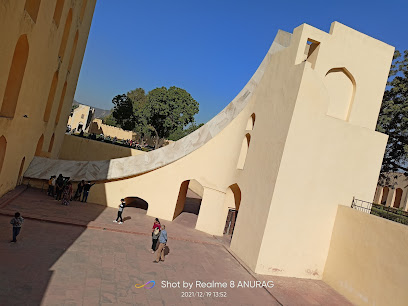
Mubarak Mahal City Palace
0.1 km
Explore the opulent history of Rajasthan at Mubarak Mahal City Palace, a museum that showcases royal artifacts and stunning architecture in Jaipur.
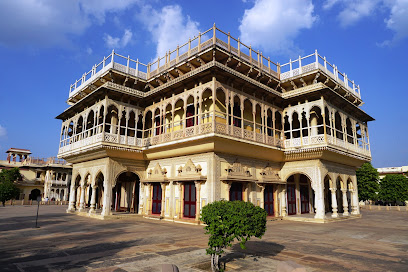
The City Palace
0.1 km
Explore the grandeur of Jaipur's City Palace, a historical landmark showcasing the rich royal heritage and stunning architectural beauty of Rajasthan.

Clock tower
0.2 km
Discover the Clock Tower in Jaipur, a historical landmark adorned with vibrant markets, rich culture, and stunning architecture that reflects the essence of the Pink City.
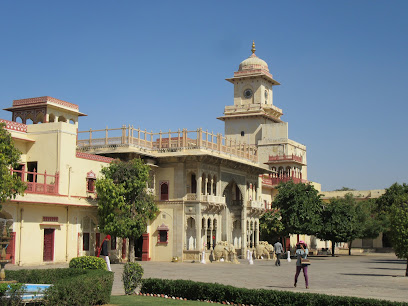
Mandir Shree Brij Nidhi Ji
0.2 km
Explore the enchanting Mandir Shree Brij Nidhi Ji, a serene Hindu temple in Jaipur, where spirituality and cultural heritage blend seamlessly.
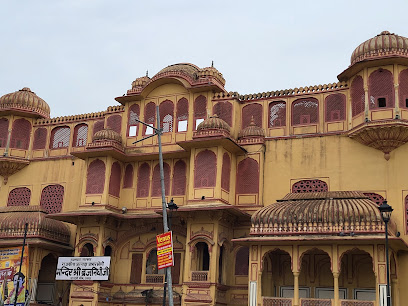
Tripolia Gate
0.2 km
Discover the majestic Tripolia Gate in Jaipur - a historical landmark blending royal heritage with vibrant local culture.
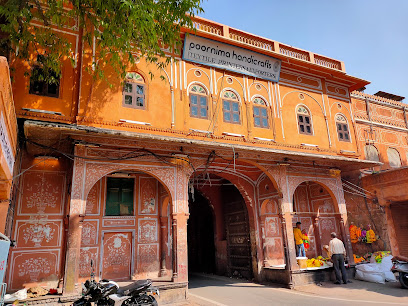
Surya Prakash Mandir
0.2 km
Discover the serene beauty and spiritual depth of Surya Prakash Mandir, a prominent Hindu temple in Jaipur, Rajasthan, dedicated to the Sun God.

Maharaja Sawai Man Singh II Museum
0.2 km
Explore the royal heritage at the Maharaja Sawai Man Singh II Museum, a cultural gem in Jaipur's City Palace, showcasing exquisite artifacts and regal history.
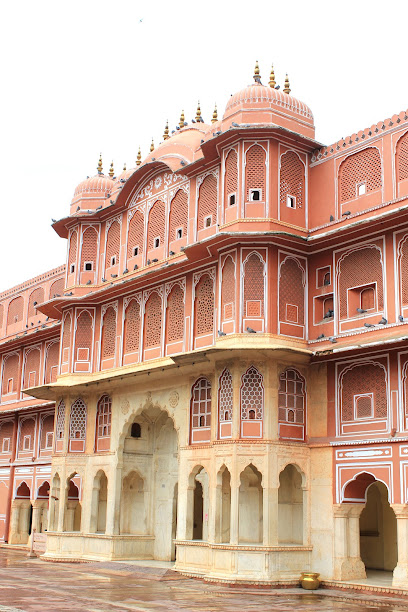
Elephant with Jaipur | Elephant's Best Sanctuary in Jaipur (Contact By Whatsapp)
0.2 km
Discover the heartwarming connection between humans and elephants at Jaipur's premier elephant sanctuary, a must-visit for animal lovers.
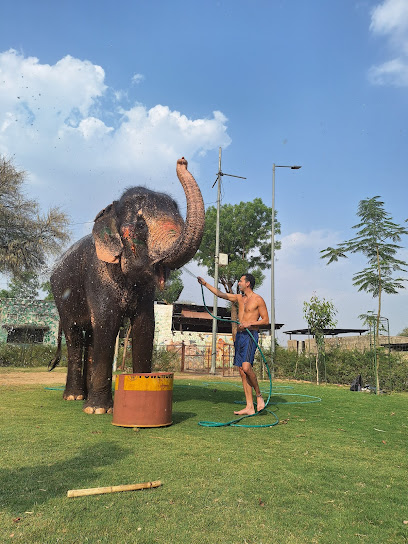
Hawa Mahal
0.2 km
Explore the architectural wonder of Hawa Mahal, a stunning palace in Jaipur that showcases the rich heritage of Rajasthan.
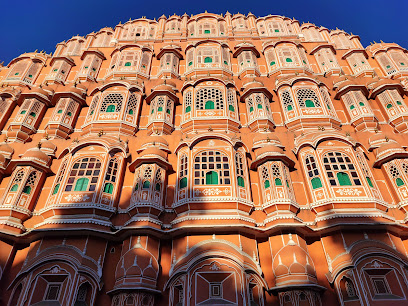
Tripoliya Market
0.3 km
Explore the rich heritage and vibrant atmosphere of Tripoliya Market, a must-visit destination in Jaipur for authentic shopping experiences.
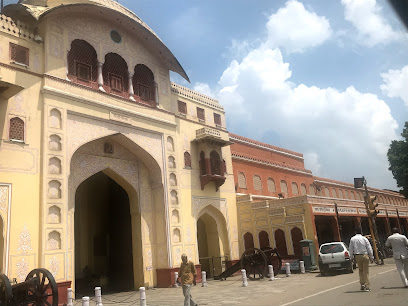
Chandra Mahal
0.3 km
Discover the majestic Chandra Mahal in Jaipur, a historical landmark that embodies royal heritage and exquisite architectural beauty.
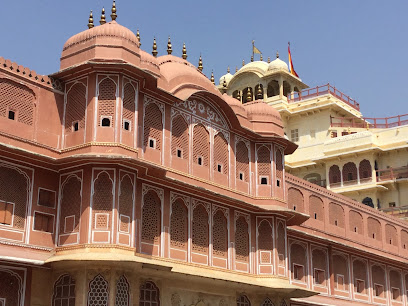
City Palace Jantar Mantar Entry Gate
0.3 km
Experience the grandeur of the City Palace Jantar Mantar Entry Gate, a gateway to Jaipur's rich astronomical history and royal heritage.
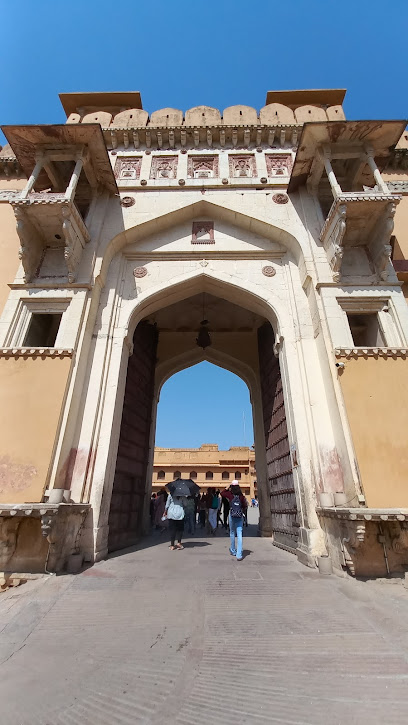
Tadkeshwar Mahadev Temple
0.3 km
Discover the serene beauty and spiritual richness of Tadkeshwar Mahadev Temple in Jaipur, a must-visit Hindu temple for cultural enthusiasts.
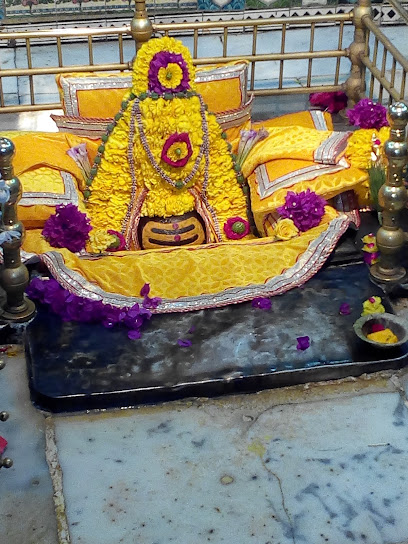
Essential places to dine
The Palace Cafe Restaurant
0.2 km
Experience authentic Rajasthani flavors at The Palace Cafe Restaurant amidst the historic splendor of Jaipur's City Palace.
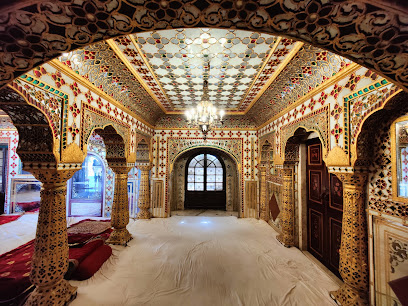
Baradari Restaurant & Bar
0.2 km
Experience exquisite dining at Baradari Restaurant & Bar in Jaipur - where tradition meets modern gastronomy.
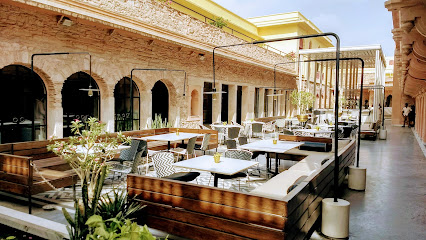
The Tattoo Cafe & Lounge
0.3 km
Discover vibrant flavors at The Tattoo Cafe & Lounge in Jaipur - where local cuisine meets artistic ambiance.
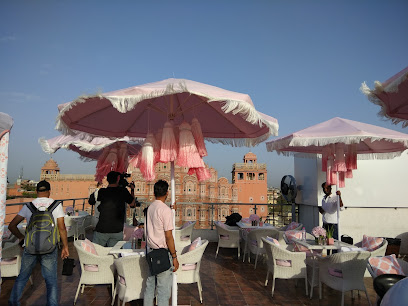
Wind View Cafe
0.3 km
Discover Wind View Cafe: A Vegetarian Delight with Stunning Views in Jaipur's Historic Pink City.
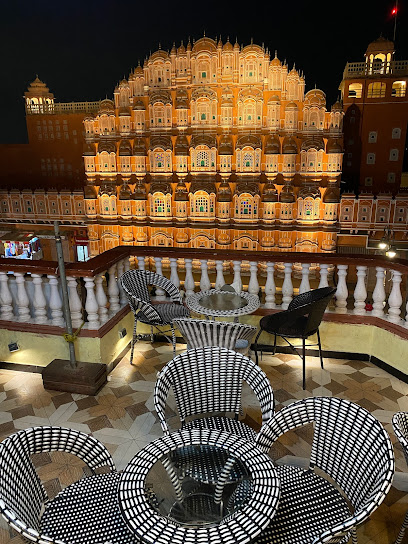
Midtown Multicuisine Restaurant & bar
0.4 km
Experience the rich flavors of Rajasthan at Midtown Multicuisine Restaurant & Bar, where tradition meets modernity in every bite.
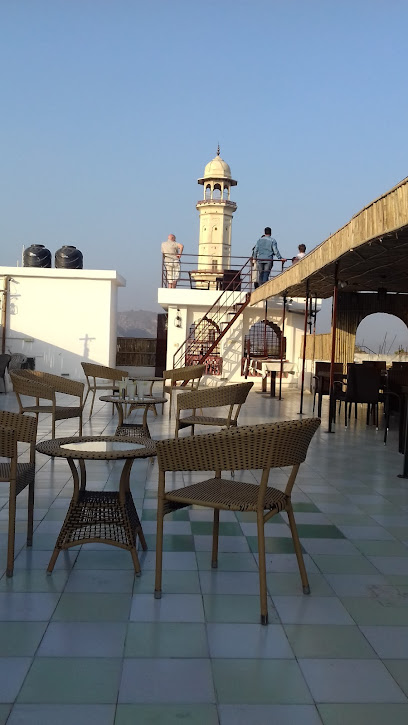
Kailash Veg Restaurant
0.4 km
Discover authentic Rajasthani and Punjabi vegetarian delights at Kailash Veg Restaurant in Jaipur.
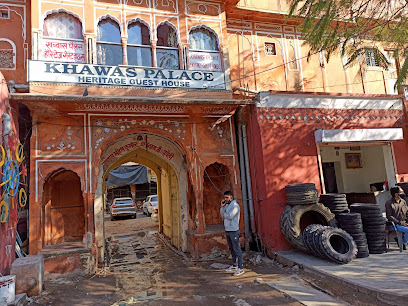
Shri Balaji Veg Restaurant
0.4 km
Experience authentic Rajasthani vegetarian cuisine at Shri Balaji Veg Restaurant in Jaipur - A must-visit for food lovers.
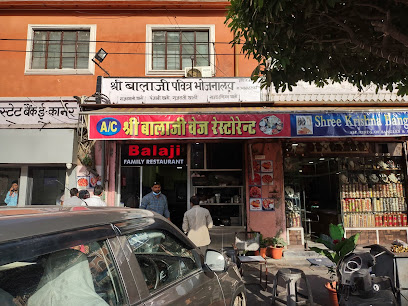
Govindam Retreat
0.4 km
Discover authentic Rajasthani vegetarian cuisine at Govindam Retreat in Jaipur - a family-friendly restaurant with delightful breakfast options.
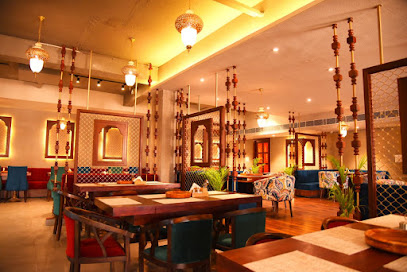
Samrat Restaurant
0.5 km
Discover affordable fast food at Samrat Restaurant in Jaipur, where traditional Indian flavors meet modern dining in a vibrant setting.

Basil and Olives
0.5 km
Discover the perfect blend of Indian spices and Italian flavors at Basil and Olives in Jaipur's vibrant Pink City.
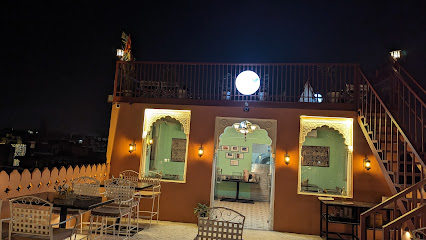
Heritage Buffet Restaurant
0.5 km
Indulge in authentic Rajasthani flavors at Heritage Buffet Restaurant - a vegetarian delight in Jaipur's heart.
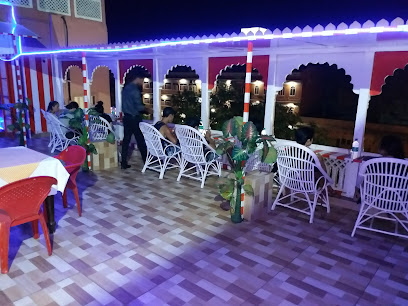
Heritage Buffet Restaurant - Veg Multicuisine Restaurant in Jaipur
0.5 km
Experience the essence of Rajasthani cuisine at Heritage Buffet Restaurant – where tradition meets taste in Jaipur's vibrant culinary scene.
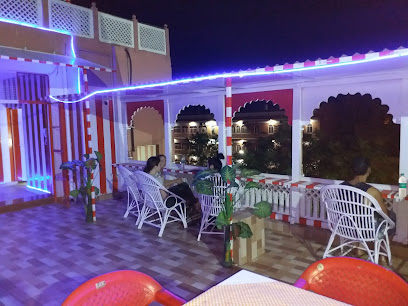
Hawk View Restaurant & Bar
0.7 km
Experience exquisite Indian cuisine with stunning views at Hawk View Restaurant & Bar in Jaipur's Pink City.
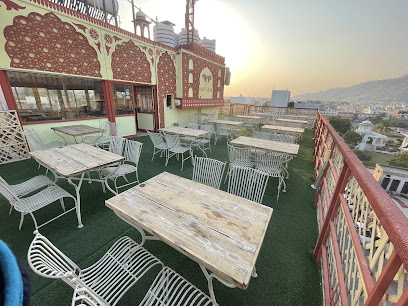
Dagla - The Rooftop Jaipur
1.3 km
Experience Jaipur from above at Dagla - The Rooftop, where delicious cuisine meets breathtaking views in a vibrant atmosphere.
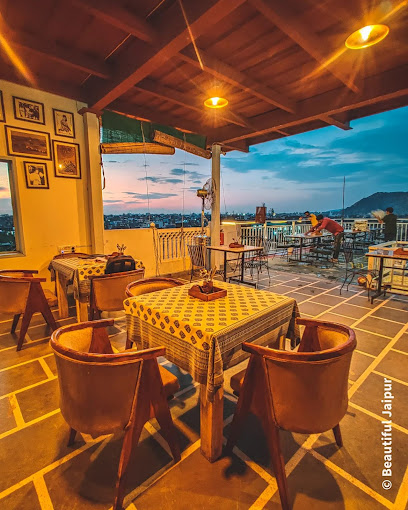
The Grill Restaurant( Legacy of Savoy Jaipur continues)
1.4 km
Discover the flavors of Rajasthan at The Grill Restaurant in Jaipur - where tradition meets taste in every bite.
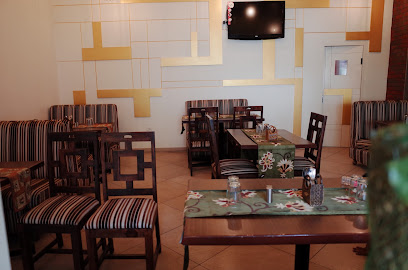
Markets, malls and hidden boutiques
Rajasthan Fabrics and Arts
0.1 km
Explore Rajasthan Fabrics and Arts for exquisite textiles, unique antiques, and a glimpse into the rich cultural heritage of Jaipur.
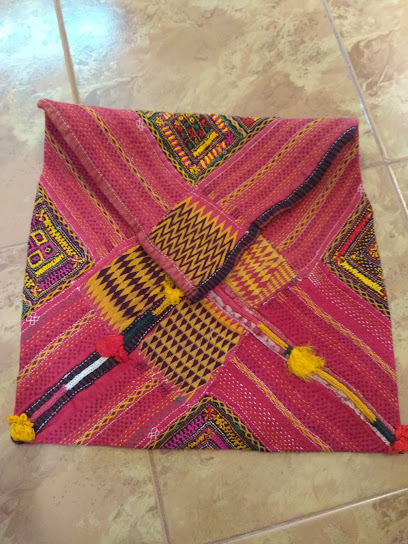
Rajasthani Hénault design
0.1 km
Discover the unique blend of tradition and beauty at Rajasthani Hénault design shop in Jaipur, where culture meets craftsmanship.

Dr Aroma
0.2 km
Explore Dr Aroma, Jaipur's premier perfume store, where captivating fragrances and traditional artistry blend to create an unforgettable shopping experience.
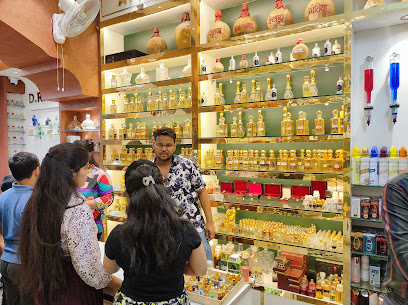
Umeed International
0.2 km
Discover the vibrant colors and traditional craftsmanship of Rajasthan at Umeed International, a unique clothing store in Jaipur's City Palace.

Prints Valley - Fashion and Clothing Store in Jaipur
0.2 km
Discover the vibrant world of Rajasthani textiles at Prints Valley, Jaipur's premier clothing store for exquisite block print garments.

The Wool Emporium
0.2 km
Discover the vibrant textile and cosmetic treasures at The Wool Emporium, a unique shopping destination in the heart of Jaipur, Rajasthan.
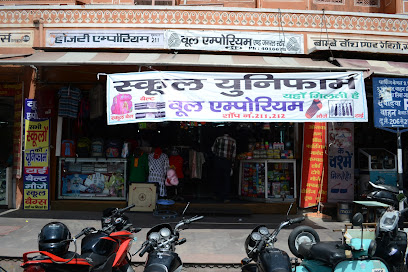
Sheba Boutique
0.2 km
Discover the essence of Jaipur at Sheba Boutique, where tradition meets contemporary fashion in a vibrant shopping experience.

Raghunandan (khatuwale)
0.2 km
Experience the vibrant colors of Rajasthan at Raghunandan, where traditional attire meets modern style in the heart of Jaipur.

Hawamahal Emporium
0.3 km
Explore the vibrancy of Rajasthan's craftsmanship at Hawamahal Emporium, your gateway to authentic local arts and crafts.
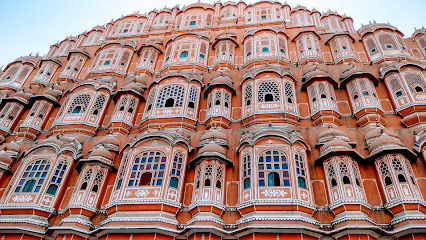
Pachouli Jaipur
0.3 km
Discover unique home goods and stylish clothing in Pachouli Jaipur, a vibrant shopping destination in the heart of Rajasthan's colorful Tripolia Bazar.

Gulab Chand
0.3 km
Explore Gulab Chand in Jaipur for exquisite traditional clothing that embodies the spirit of Rajasthan's rich cultural heritage.

Pink City Handicraft
0.3 km
Discover the vibrant essence of Rajasthan through unique clothing and handicrafts at Pink City Handicraft in Jaipur.

Abdul Store
0.3 km
Explore the heart of Jaipur's fashion scene at Abdul Store, a stylish women's clothing destination in the vibrant Hawa Mahal Bazar.
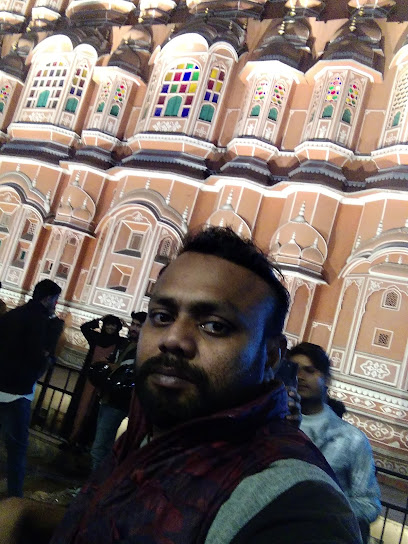
Ellora Arts
0.3 km
Explore Ellora Arts in Jaipur for exquisite handcrafted jewelry, vibrant clothing, and stunning paintings that capture Rajasthan's rich artistry.

New Maharaja Gem Palace
0.3 km
Explore the charm of New Maharaja Gem Palace, Jaipur's premier jewelry destination for exquisite handcrafted pieces and timeless elegance.
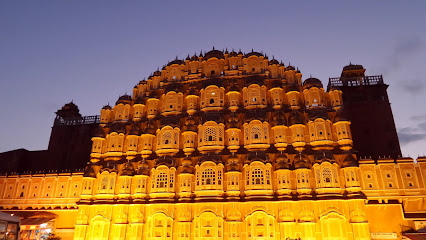
Essential bars & hidden hideouts
Kretna Bar
0.8 km
Discover the vibrant nightlife of Jaipur at Kretna Bar, where creative cocktails and a lively atmosphere await every visitor.

Hotel Sweet Dream Bar
1.0 km
Experience the vibrant nightlife of Jaipur at Hotel Sweet Dream Bar, where local culture meets exquisite drinks in a cozy atmosphere.
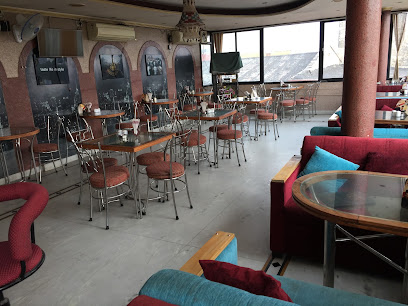
Sakee Bar
1.3 km
Savor the vibrant flavors of Rajasthan at Sakee Bar, where grill meets bar in a lively atmosphere in Jaipur.
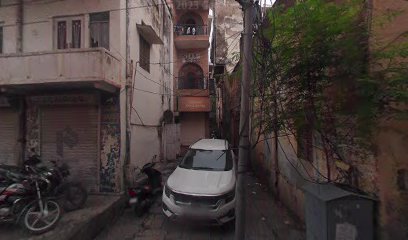
Janta Bar - a unit of Haveli kalwara
1.3 km
Discover Jaipur's nightlife at Janta Bar, where traditional charm meets a modern bar experience, offering drinks and snacks in a vibrant setting.
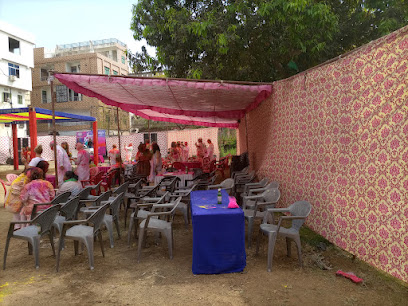
DND Bar and Lounge
1.5 km
Discover Jaipur's nightlife at DND Bar and Lounge, a stylish venue offering drinks, snacks, and live music in the heart of the Pink City.
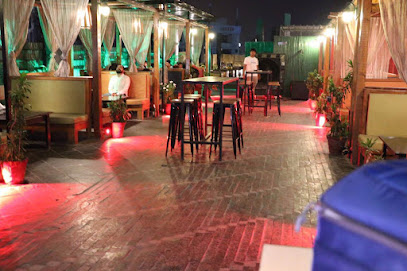
360° - Best cocktail bar & lounge| Panoramic Rooftop
1.9 km
Experience panoramic views and exquisite cocktails at 360°, Jaipur's premier rooftop lounge and cocktail bar, blending luxury with local flavors.
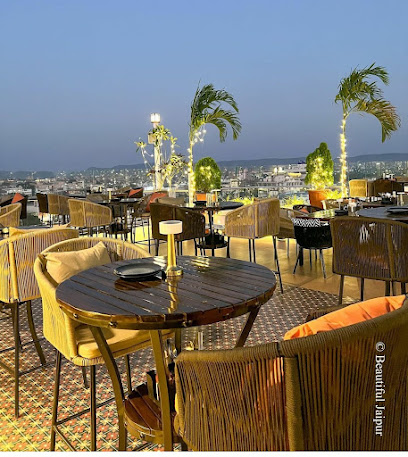
Arya Bar
1.9 km
Discover the vibrant nightlife at Arya Bar in Jaipur, where delectable drinks and local flavors create an unforgettable evening.

The Night Jar Reloaded
1.9 km
Experience the vibrant ambiance and exquisite cuisine at The Night Jar Reloaded, Jaipur's premier lounge and dining destination.
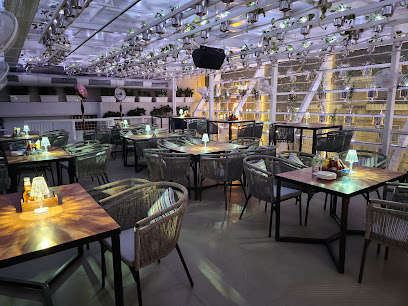
Distil Bar
2.0 km
Discover Distil Bar in Jaipur, a chic retreat for cocktails and relaxation, nestled within Lords Plaza, perfect for unwinding after a day of exploration.
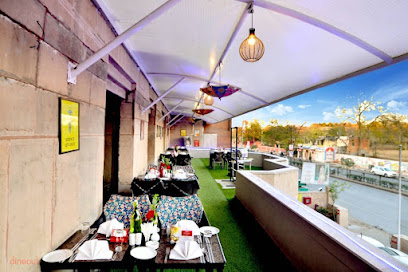
Cube The Bar
2.0 km
Experience Jaipur’s vibrant nightlife at Cube The Bar, where delightful cocktails and a lively atmosphere await you.
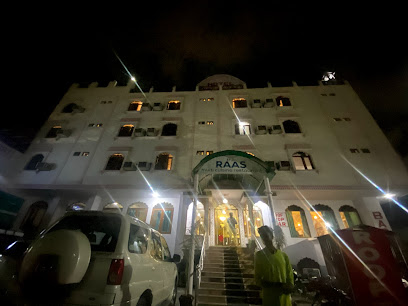
Retreat Drink N Dine
2.1 km
Discover a perfect mix of luxury dining and breathtaking views at Retreat Drink N Dine in Jaipur, where every meal is a celebration.
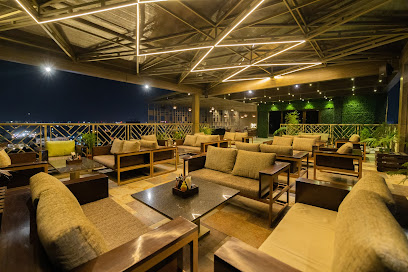
F Bar And Lounge
2.1 km
Experience rooftop luxury at F Bar And Lounge in Jaipur, where exquisite cocktails meet stunning views of the Pink City.

Blackout club in Jaipur
2.2 km
Discover Blackout Club in Jaipur: A vibrant lounge offering exquisite cocktails, delightful cuisine, and an unforgettable nightlife experience.
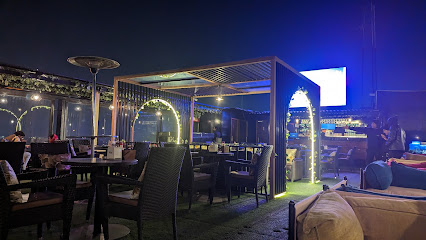
JMP Bar
2.3 km
Discover the vibrant nightlife of Jaipur at JMP Bar, where refreshing drinks and a lively atmosphere await you in the heart of the city.
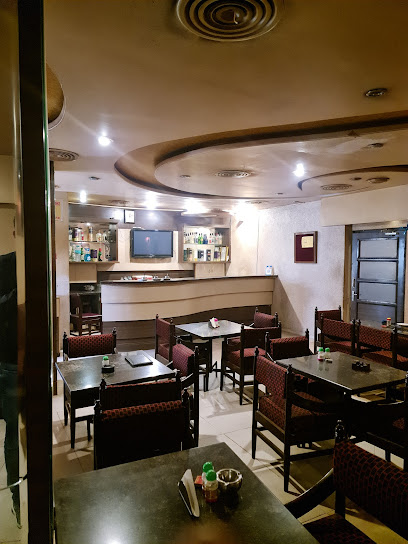
Daglaa The Terrace Rooftop Restaurant
2.3 km
Discover a rooftop culinary paradise in Jaipur at Daglaa The Terrace, where breathtaking views meet exceptional vegetarian cuisine.
